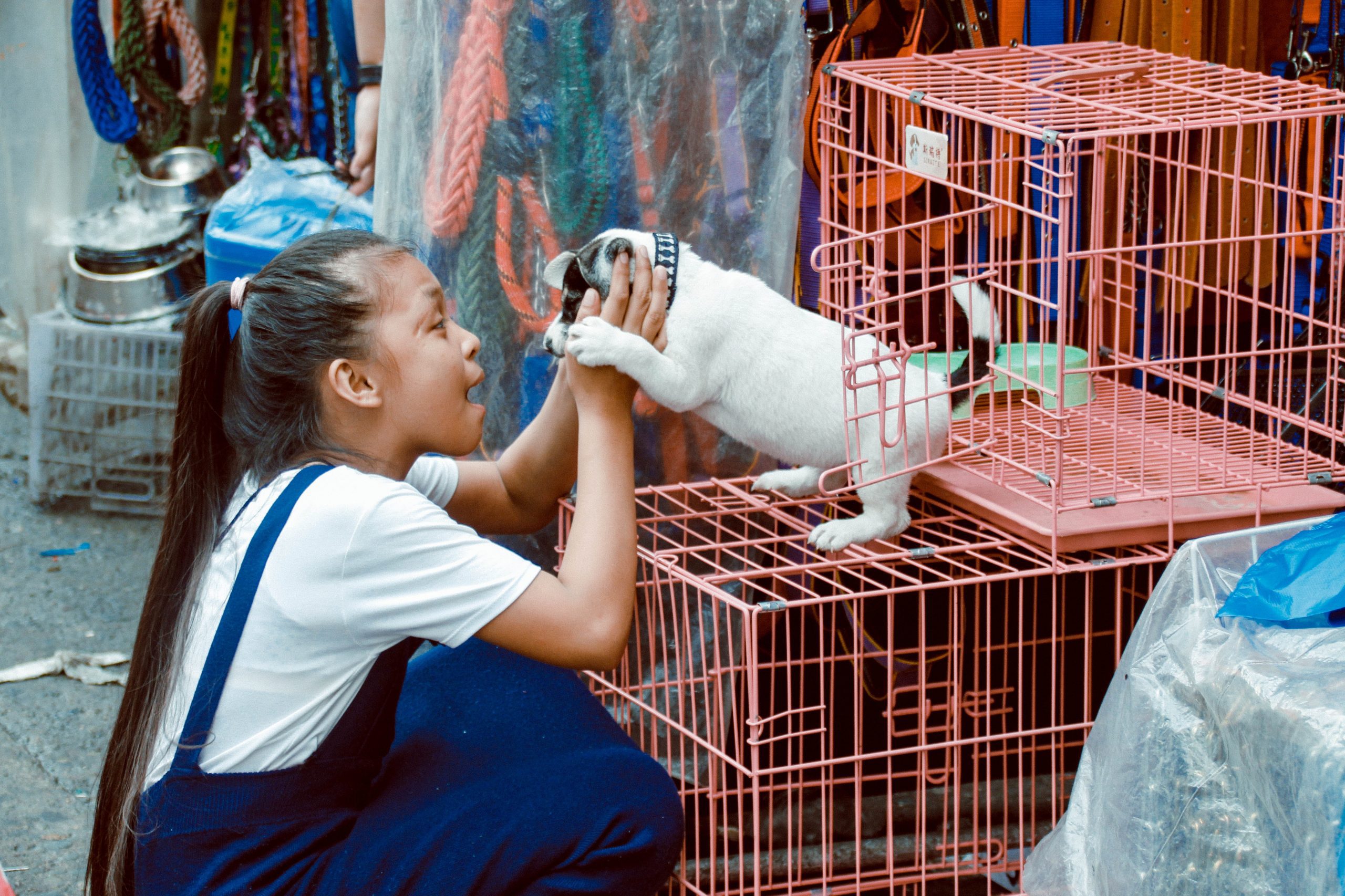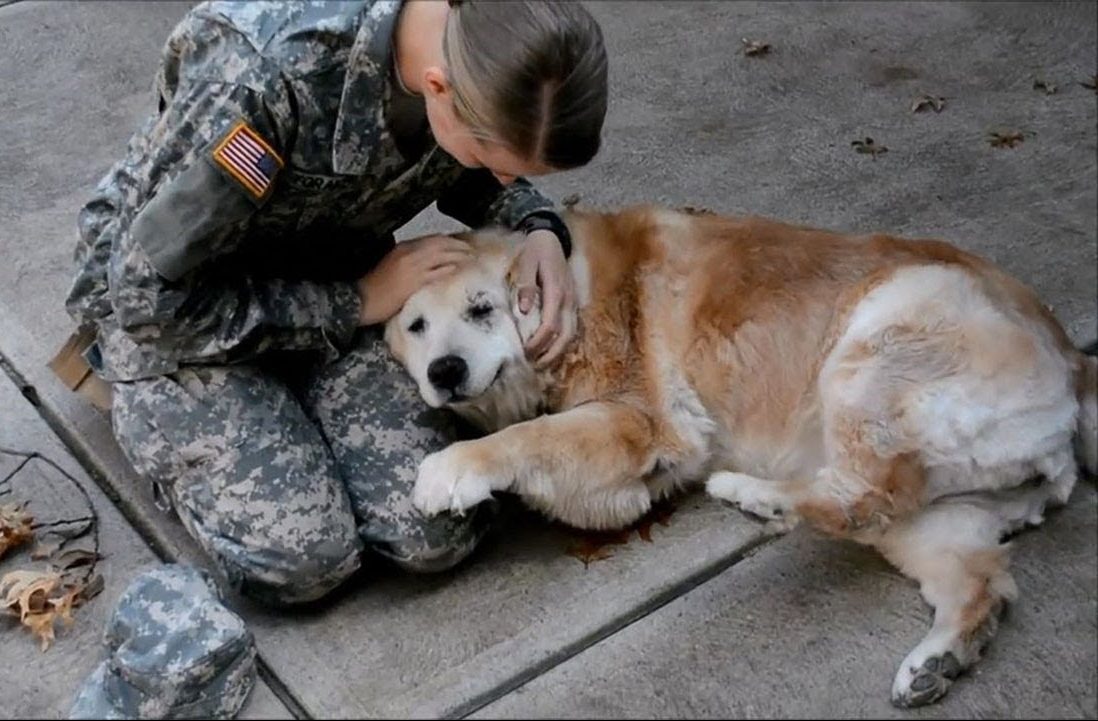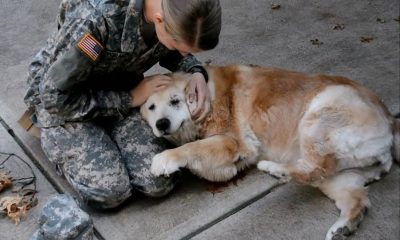When dealing with misbehaving dogs, the majority of people turn to dog crates as an effective, humane means to an end. Unfortunately, there’s a significant downside to using crates in this way — and it’s not just the emotional damage it inflicts on your dog. Using dog crates as punishment can make your dog misbehave more often, resulting in even more crate time over time! Here’s what you need to know about punishing your dog with a crate before you make this mistake yourself.
Common reasons why people use crates as punishment
Many people believe that giving their dogs space through crating is one way to punish them and give them time to reflect on their misdeeds. The logic behind punishing dogs with a crate goes something like this: Because my dog can’t be left loose in my house while I go out for work, I’m just going to crate her when she misbehaves. While it seems logical on some level, there are better ways to handle these situations.
Understanding how dogs think
You love your dog, and so it is natural that you want to get your dog to do what you want. However, dogs are not humans and don’t think like we do. If you want to be able to train your dog well and use positive methods, then understanding how dogs think is crucial. Dogs live in a world of smells; everything in their world is interpreted through scent. This means that when you try to communicate with them using verbal cues or commands, they may have difficulty understanding exactly what it is that you want from them. If you can learn how to speak to a dog and understand how a dog thinks, then training will become much easier for both of you!
How dogs experience a crate and why they hate it
Don’t be fooled: your dog probably doesn’t like being locked up. It has nothing to do with them being soft, or spoiled; dogs just don’t like being in small, closed-in spaces. For one thing, their vision is very limited when they are in a crate. They can only see what’s right in front of them at ground level and it can be scary for them to not be able to see any other living thing around them.
Alternatives to using a crate as punishment
If you have problems training your dog to stop chewing on things or begging for food, you may be tempted to lock them in a crate as punishment. While that’s an easy fix at first, it won’t help you train your dog and will likely create even more behavioral issues. That’s because punishing your dog with a crate isn’t effective as a training technique for these behaviors, and can create new issues down the line.
Using treats as rewards instead of reprimands
Another method that I have seen with some success is training your dog using treats instead of reprimands. This way, your dog is learning to associate behaviors with rewards instead of punishments. While you should never use food as a primary means of punishment, it can be a great way to reinforce good behavior for dogs that don’t respond well to reprimands.
Read Also :

 Cats1 year ago
Cats1 year ago
 Cats11 months ago
Cats11 months ago
 Cats10 months ago
Cats10 months ago
 Cats10 months ago
Cats10 months ago
 Cats9 months ago
Cats9 months ago
 Dogs2 years ago
Dogs2 years ago
 Dogs10 months ago
Dogs10 months ago
 Cats9 months ago
Cats9 months ago




















